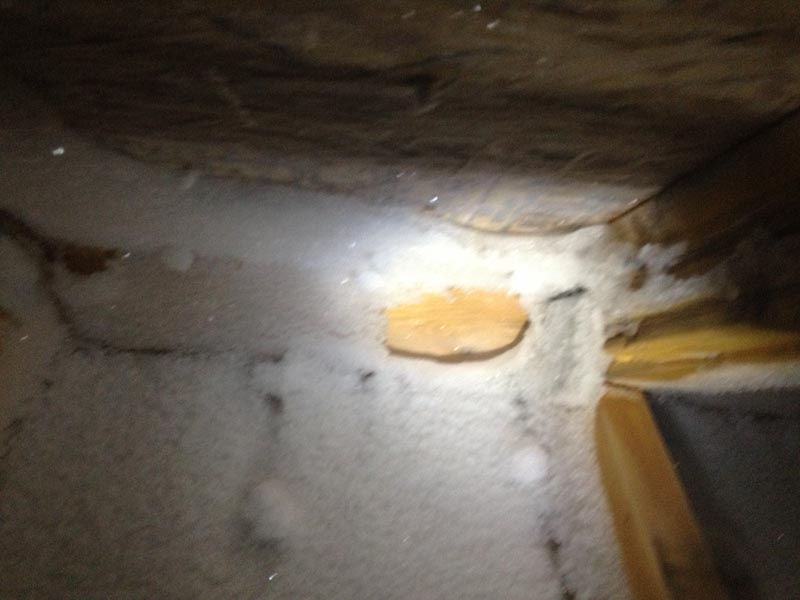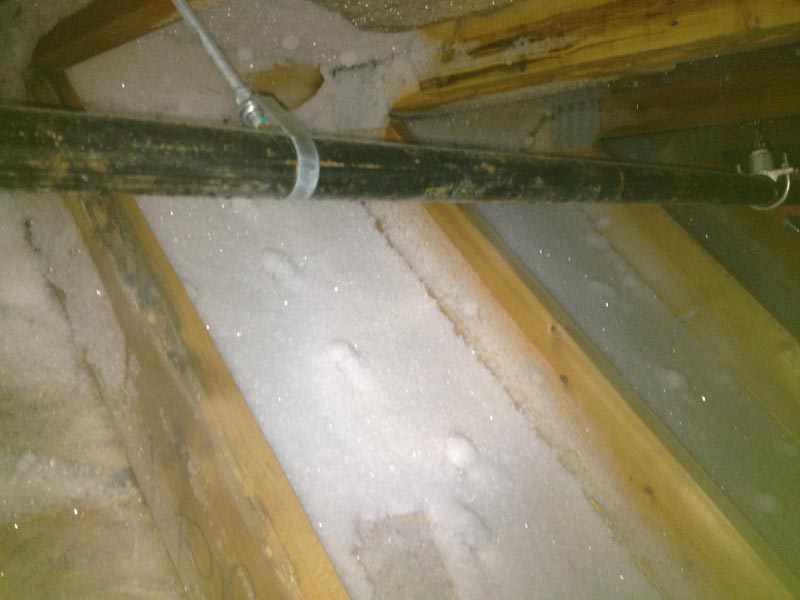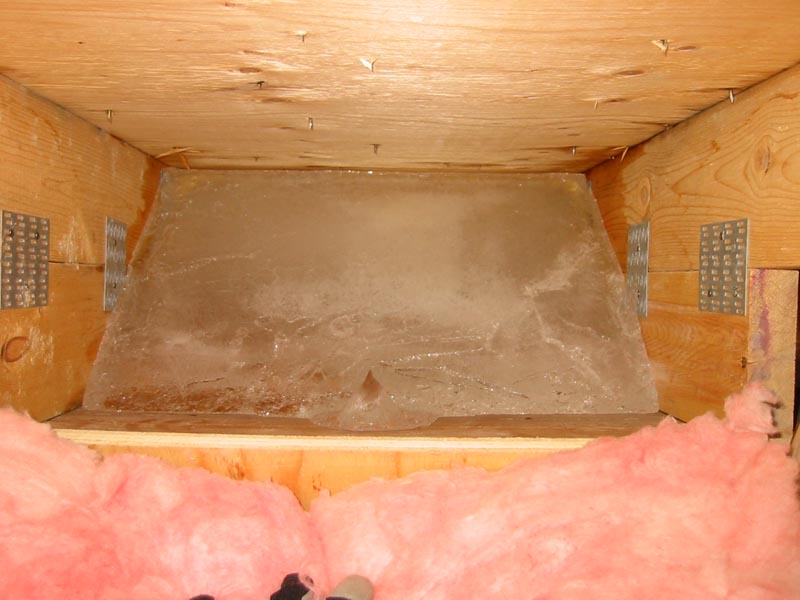Roofing Repair and Replacement
There many types of roof configurations as there are types of roofing products and installation options. Being able to understand and determine the best suited roofing system for your building involves the consideration of the occupied spaces below, the construction of the building, slopes of the roofs, ability to slope the roofs to drain properly, where to drain the roofs to grade or storm sewer, R-values (RSI -values), appearances, financial considerations, full replacement vs. a repair.
When a roof appears to leak, you need to be sure the roof is actually leaking before it is replaced at great expense. As we have come across many scenarios where what was thought to be roof leaks was not actually the roof leaking, it was frost building in parapets and/or attics, and melting in warmer weather, and running back down into the building. This requires a very different scope of repair than simply roof replacement.
BCS is specialized in Building Envelopes and Roofings, and this provides for the additional consideration of how the building is reacting with the roof assemblies and what might be affecting the roof and spaces below or around the roof, and not just roofing products and roofing replacement.
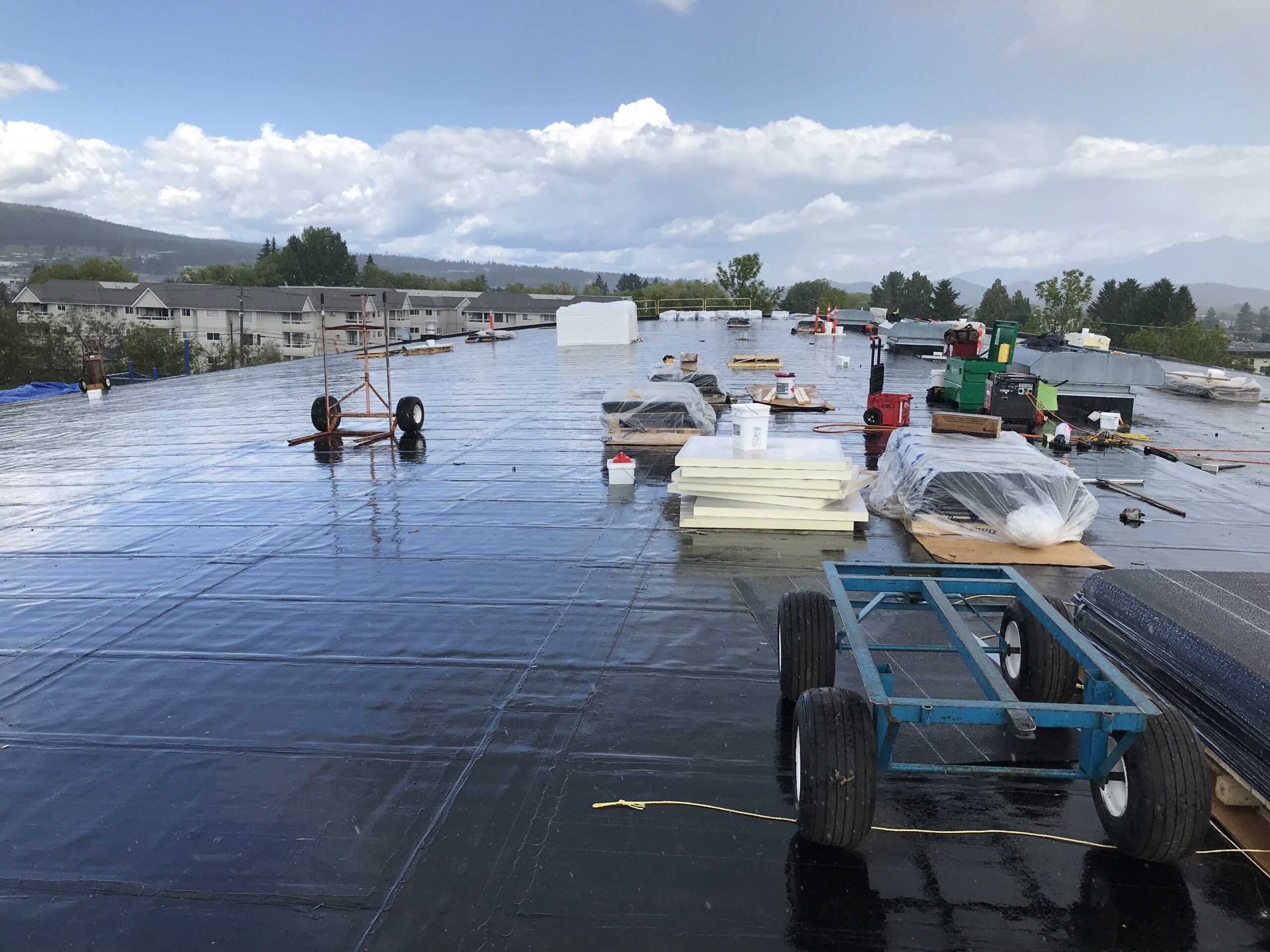
Flat Roof Replacement
BCS has assisted building owners with flat roofing waterproofing replacements on everything from as small as 100 sq.ft. residential decks, up to 10,000 sq.ft. commercial and municipal buildings. BCS can assist you with any of your roofing needs.
A leaking roof is not always just a leaking roof. All components of a building’s roof, parapets, slopes to drain, roof drains, etc., should be considered when replacing a roof assembly. Some roofs can be repaired without full replacement, other require full replacement.
Roof Scans to Identify Moisture within Roof Insulation
Having your flat roof thermally scanned will provide you with valuable information with respect to the required replacement or just required maintenance. The best way to reduce your flat roof replacement costs is to have your roof thermally scanned to determine exactly how much of the roof has failed, and how much is still good. A proper thermal scan will identify locations of wet insulation at the failed roof membrane locations. Allowing you to repair only the failed locations, avoiding full roof replacement. Depending on the size of your roof, this can provide you with substantial savings.
BCS can complete thermal roof scans and advise as to the moisture condition of the roof.
BCS can also provide you with maintenance options and tips for the remaining areas of your roof that do not require replacement. This is done as part of our building envelope maintenance service.
The top image identifies wet insulation on the underside of a roof of a steel building. The lower image indentifies moisture within a flat roof assembly.
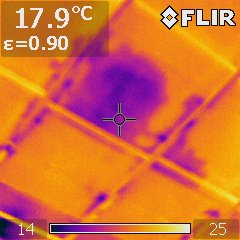
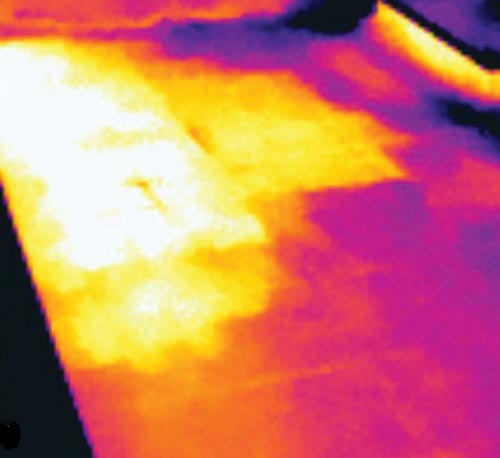
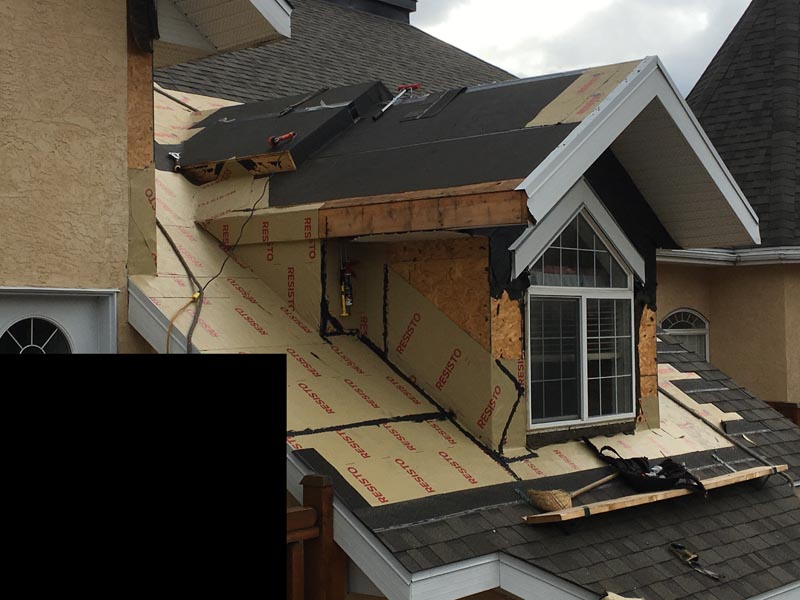
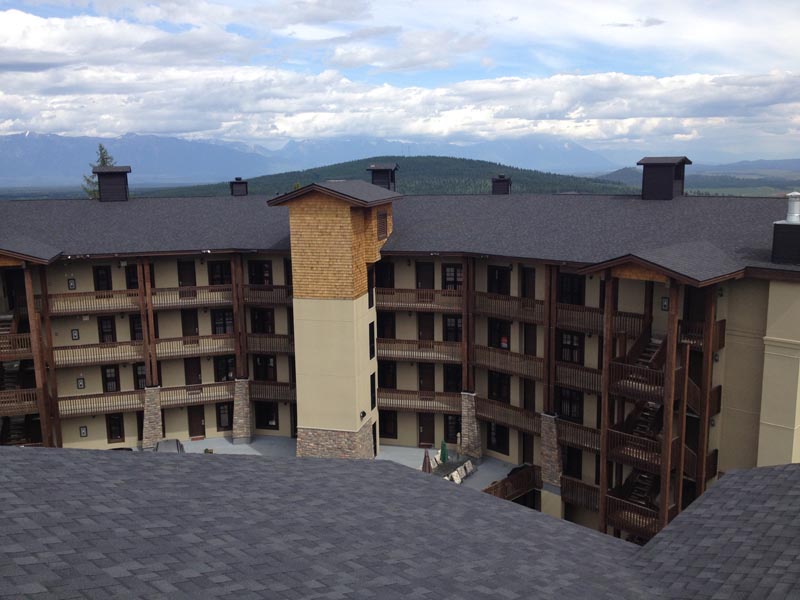
Sloped Roof Repair and Replacement
BCS has assisted many single family dwelling unit home owners, large multi-family complexes, and commercial building owners with roof maintenance, roof repairs and full replacement when required.
Understanding the building, it’s detailed changes in roof planes, tie-ins to walls, it’s environmental location, the spaces below, and financial considerations are all part of determining the appropriate roof repair or replacement.
However, we also must consider that a roof leak might not always a roof leak.
A roof leak can be a result of something unrelated to the actual roofing itself, but we want to believe it’s a roof leak, because it’s coming from the roof. Or, at least we think it is coming from the roof.
There are other conditions that may cause a shingled roof to leak, and if those things are fixed, the problem goes away.
For example: Excessive ice damming often leads to roof leaks. But in many cases the roof shingles are not the issues. Excessive ice damming is generally cause by an under vented and over heat attic space below the roof shingles. This causes ice to dam up water on the roof’s surface, and as that water builds up it runs over the top/back of the individual shingles and down into the building below, appearing like a roof leak, but the roof never leaks in the rain. Improving attic ventilation is the first step to resolving excessive ice damming issues and when repaired correctly, the excessive ice damming issues is resolved, and the shingled roof above is fine.
Another example of a leak that is not a leak it Attic Frosting (a.k.a.Attic Rain).
Attic Frosting, also known as ‘Attic Rain’
Seems there are a lot of wood framed residential and commercial buildings with attics that suffer from attic frosting (a.k.a. Attic Rain).
With attic frosting, there is often more than one issue that leads to this failure. The main issue that causes attic frosting is a lack of sufficient attic ventilation through the attic space to carry vapour (escaping from the interior of the warm building into the attic), carry that vapour out of the attic space via sufficient drying venting airflow through the attic.
The first two photos show a couple of different building attics, and just how extensive attic frosting can become in an under vented attic space. Just imagine how much water that creates when it melts. It’s gallons of water running back down into the building.
The third photo was another under vented attic space, actually out at the soffit, after the initial melt of the frost within the attic. The frost on the underside of the roof sheathing and trusses melted and ran down the sheathing and trusses out to a frozen soffit and re-froze as a solid block of ice.
There was extensive water damage in all three of these buildings.
Learn more about ATTIC RAIN and Excessive Ice Damming… (Coming soon)
Return to ATTIC VENTING
